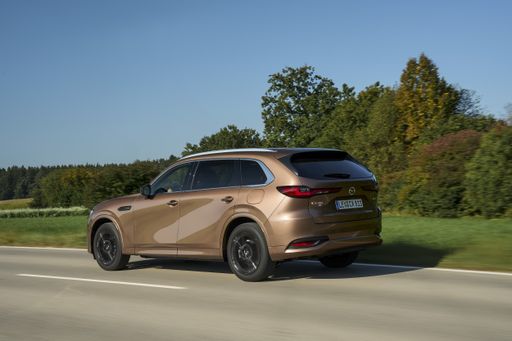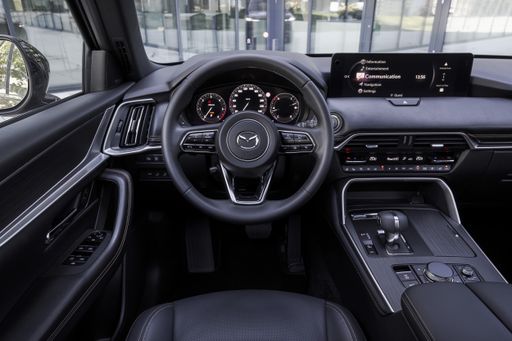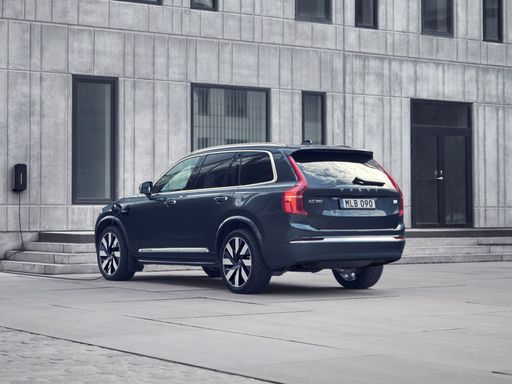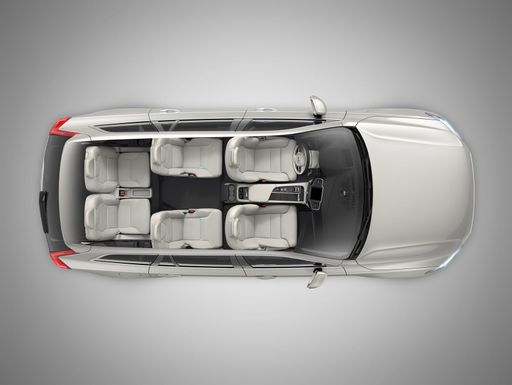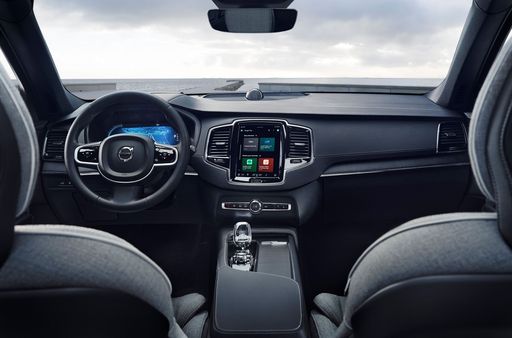Introduction: A Clash of Titans in the SUV Market
In the competitive world of SUVs, the Mazda CX-80 and Volvo XC90 stand out as two of the most intriguing options for 2024. Each vehicle brings its own strengths and innovations to the table, offering compelling features for families and adventure seekers alike. In this article, we’ll dive into a detailed comparison of these two models, focusing on technical specifications, performance, comfort, and safety innovations.


